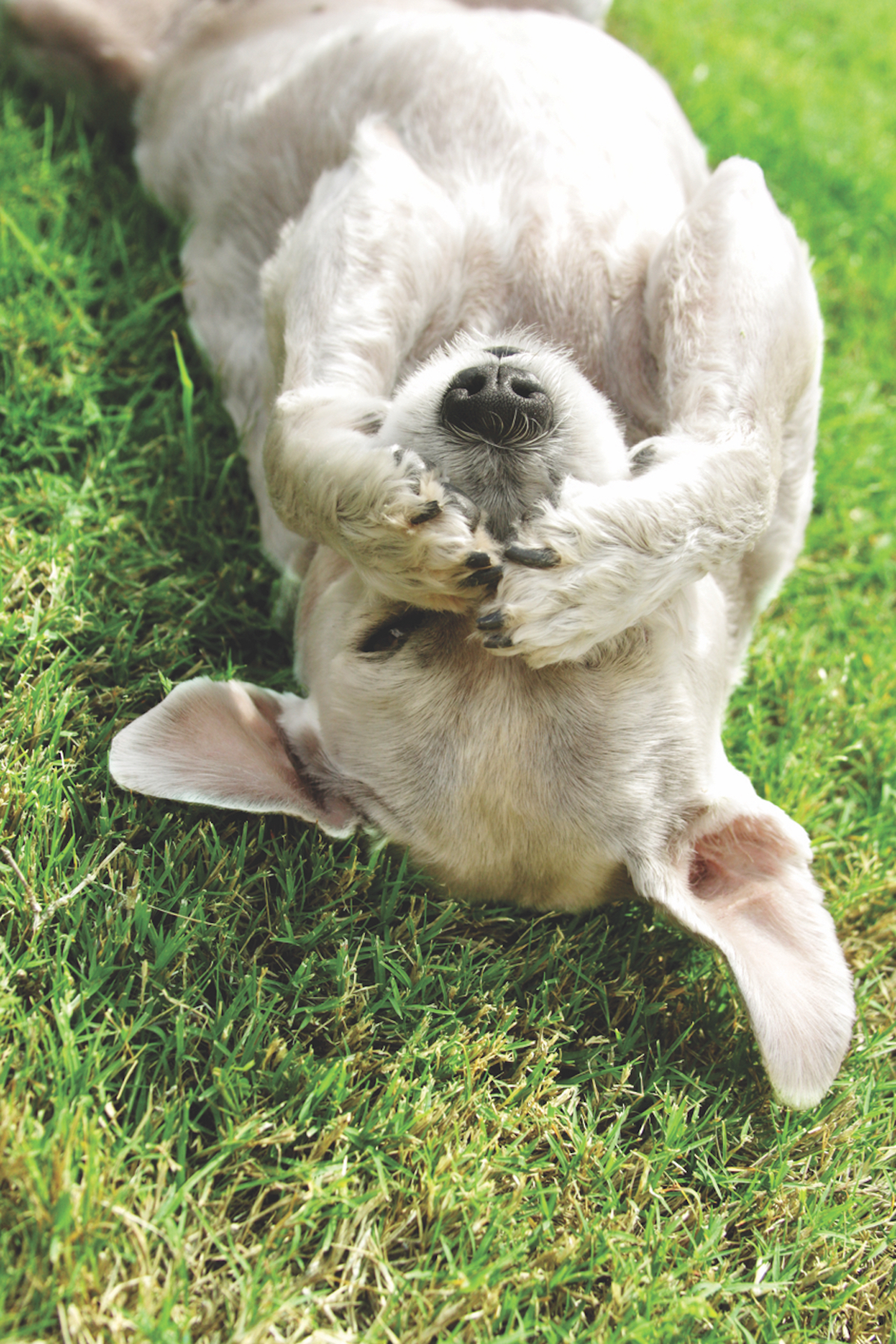It was the weekend before Christmas when Ben, an otherwise rational English setter, succumbed to the lure of the garbage and ate grandma’s discarded compression stocking. What transpired in the three weeks after The Ingestion has already become neighborhood legend.
Foreign bodies combine mystery, intrigue, incredulity and guilt to make for a fascinating and fickle assortment of surgical interventions. There seems to be no limit to what our Best Friends will cram into their gullets; size, shape, texture and taste often playing little or no part in an oral obsession that for many owners can become a difficult and costly vice to curb. So why do our dogs, crave foreign bodies (FBs), and why are so many of these pets repeat offenders?
Young animals of two years of age or less are most commonly afflicted, and so, like inquisitive toddlers intent on putting everything into their mouths, simple curiosity plays a part. It has been suggested that in dogs, it reflects the need to hunt, that it is instinctive and a throwback to a time when their prey was eaten in its entirety. Some animals appear to enjoy the act of chewing, experimenting with the feel of an object in their mouths. My favorite theory, and one I believe I can safely share with the majority of Labrador owners, is that “it was there, so I ate it.”
Undergarments — socks, stockings, panties — often prove to be popular offending items, the olfactory stimulation of ripe underwear proving too tempting for a curious pet. Ben’s stocking Ingestion was traced back to an apparently dog-alluring skin lotion from Trader Joe’s. The foreign bodies related to food make perfect sense. Peach pits, corncobs and all manner of bones can prove irresistible to the scavenging instinct of a dog. Those little plastic pop-up timers that tell you when your turkey is perfectly cooked are drizzled in tasty fat, and despite being made of tasteless plastic, slip down nice and easy until they reach the small intestine. The teriyaki stick laden with succulent meaty pieces may not go down with quite the same ease, but who cares until the sharp wooden skewer begins piercing its way through a variety of abdominal organs on its errant journey through the abdomen?
Here are a few potentially risky items (in addition to shoelaces, socks, and loose threads on looped and fringed rugs) best kept out of harm’s way: diapers and tampons (virginal and unfortunately, used), sharp pointy objects (fish hooks, bottle caps, safety pins), rubber toys (usually not size-appropriate), magnets, batteries, stones, balls and gobs of Gorilla Glue (Gorilla Glue expands dramatically by polymerization to produce a large, solid, indigestible foam).
An intestinal blockage quickly becomes an emergency situation. A partial blockage in the intestines may produce vomiting, diarrhea and cramping of the abdominal muscles. A complete blockage will cause severe abdominal pain, abdominal bloating, and repeated, frantic, projectile vomiting. Bens’ owner was cued that something was wrong when Ben vomited frantically and looked at her with his “help me” eyes. All you dog owners know exactly what that is.
Abdominal X-rays are the best way to diagnose an obstruction, and immediate surgical intervention is usually the only form of treatment. The blockage is located and removed, and if the surrounding bowel has been compromised, it is resected and the healthy ends of the gut sewn together to reconnect the intestinal tract. No fun, all the way around.
Ben had three surgeries Christmas week: one to remove the sock, one to remove a gob of necrotic stomach fat and a third to cold laser the stitch line and, just to be sure, flush the gut one more time. We are extremely lucky to have in Hilton Head a board certified surgeon who not only exhibits great skill, but also great compassion coupled with a good sense of humor and realistic pricing schedule. Her team is pretty nifty, too. Ben is up and around again thanks to his terrific medical team, his tirelessly attentive owner and me, his personal chef.






